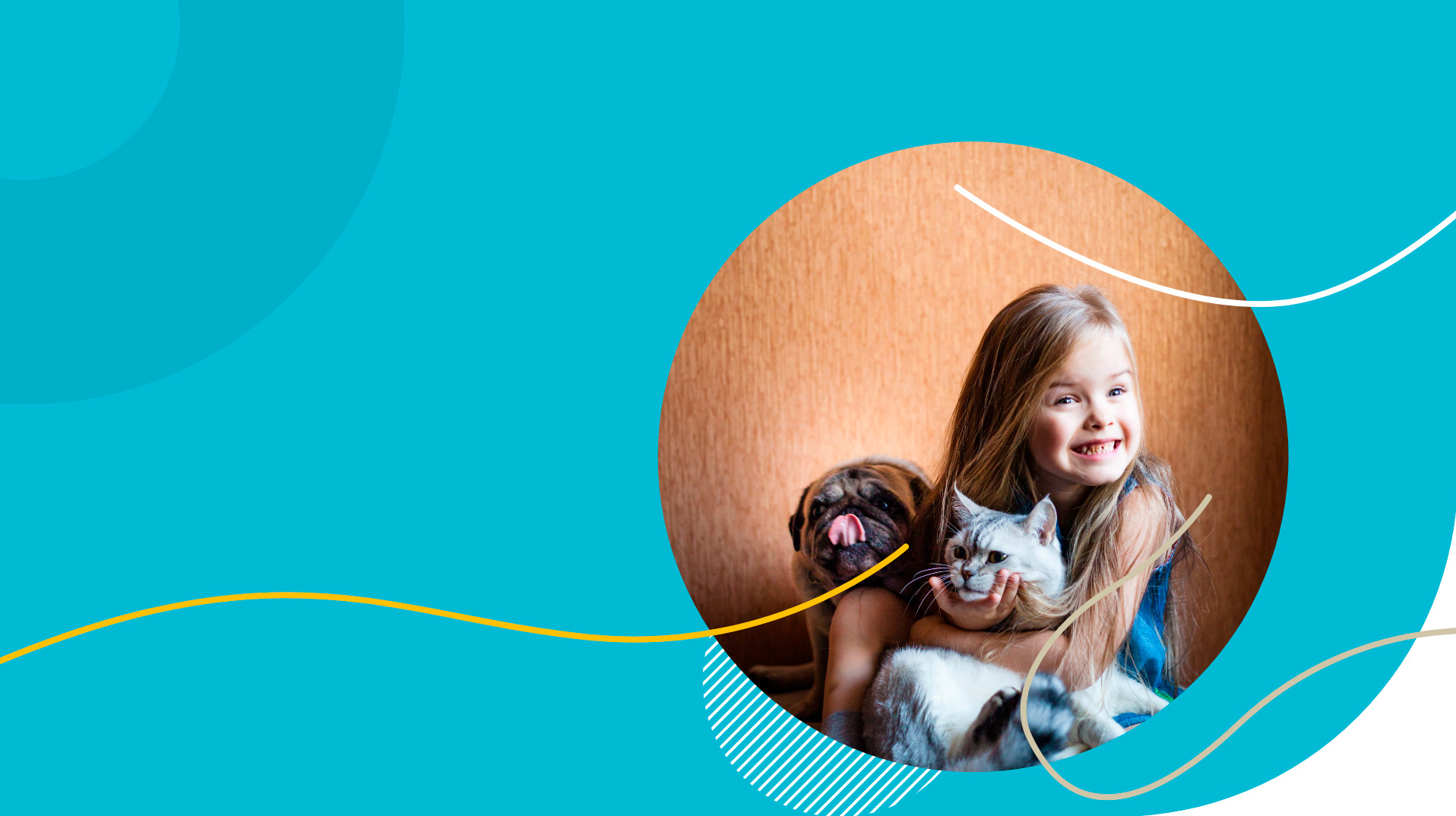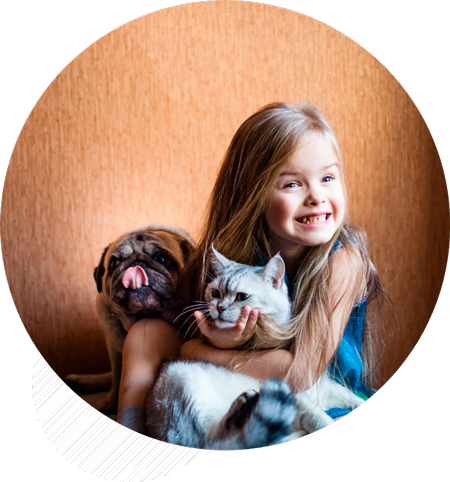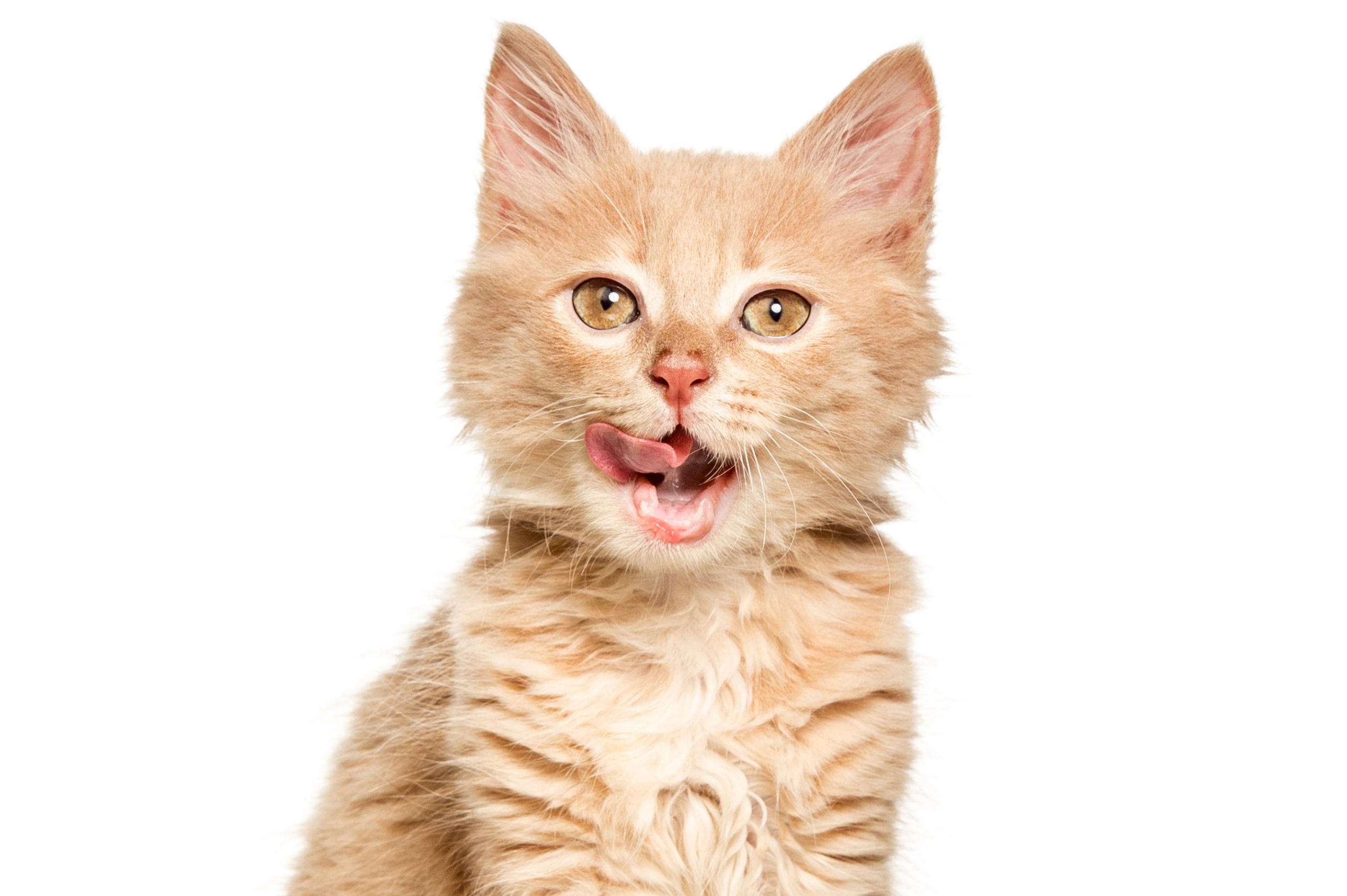Proper nutrition of a pet in growth stage
A new and small member has just joined the family and his arrival draws everyone’s attention. After agreeing on the choice of a name, a place in the house for this new member and taking him to the vet, the next thing is to feed him a good quality balanced food to calm his fierce appetite.
When evaluating which is the most appropriate diet for a growing weaned pet there are several aspects that must be considered.
First, that these animals have nutritional requirements that are specific to their growth stage. Their energy and nutrient needs exceed those of any other period in an animal’s life, except lactation. During its first months, a growing pet must grow and gain weight daily due to the development of its muscles, bones and other body structures.
Another nutritional aspect to have in mind at this stage is that the maturation and strengthening of the natural defense system of a growing pet, which is essential for its good health, also requires the contribution of high levels of good quality proteins, vitamins and minerals, among other essential nutrients.
Rapid growth
Although the growth period of a pet lasts several months until it becomes an adult individual, this process doesn’t develop in an even way.
The fastest growth stage occurs during the puppy’s or kitten’s first six months of age. Both speed and duration of growth show important differences between canine breeds of different body sizes.
Small breed puppies reach half their adult weight in just three months of life. On the other hand, a puppy of a large breed will reach half its adult weight only between 5 to 6 months of age.
While in small breed dogs, less than 10 kilos in adult weight, the puppy stage lasts between 8 to 10 months, in dogs of large body size breeds, weighing more than 30 kilos, this period lasts until at least 18 months of age. While in cats, the growth stage ends at 12 months in all breeds.
All these physiological distinctive features must be taken into account to know when it’s necessary to change a pet’s diet, going from a balanced food for puppies or kittens to another for adult dogs or cats.
Growth and nutrition
To promote normal development and avoid health problems in a small pet, its diet must cover all the nutritional demands of this stage in a balanced way. Today, most commercial balanced food have a line of products specifically designed for both puppies and kittens. It is important to have in mind that the formulation of these products attends the contribution of all the necessary nutrients for this stage of a pet’s life, so it’s not necessary to add supplements to its diet.
The most convenient way to feed a puppy is through controlled rations: three to four small servings per day until the puppy is between four and six months old and then down to two daily servings. Kittens, on the other hand, must have a permanent supply of food since they tend to consume small portions throughout the day and, in general, have an efficient self-regulation of the amount of energy consumed.
During this stage, both puppies and kittens usually nibble, and sometimes swallow, whatever object they reach. That’s why it’s very important to take all possible precautions at home to keep them away from elements that could damage them, such as electrical wires or hard plastics that could splinter when bitten.
If for any reason you decide to change balanced food, it is important not to do it in a sudden but gradually, respecting a transition period of at least 4 or 5 days where the new product is mixed in increasing proportions with the old until it is completely replaced. This nutritional management helps the pet’s intestinal flora get used to the ingredients of the new diet, reducing the risk of gastrointestinal problems.
Beyond these general considerations, veterinary advice is of great help in choosing in each particular case which is the most suitable balanced food and ration for the healthy growth of a puppy or kitten.



